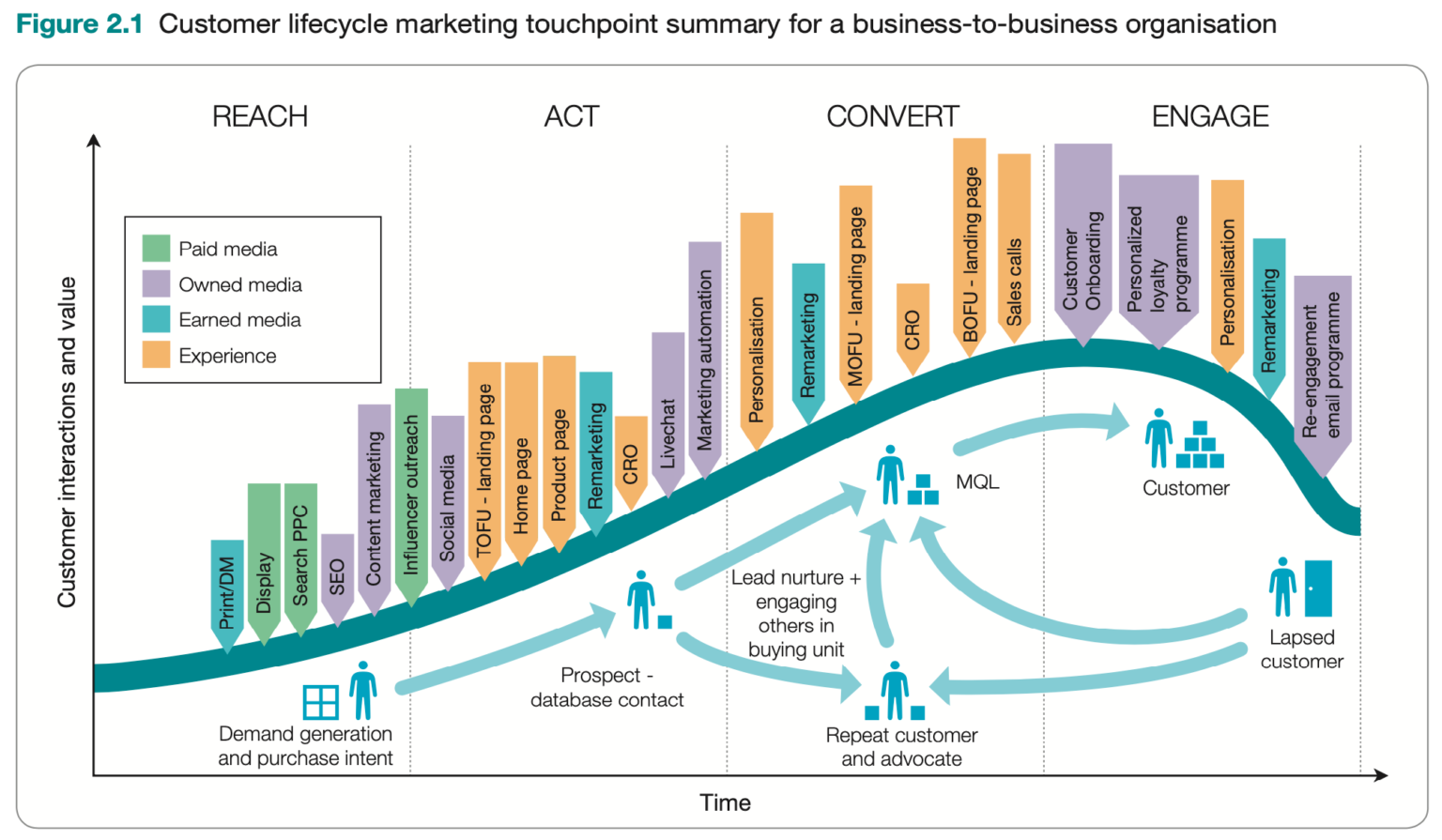
What does it mean when your ROI is increasing and the CPA is decreasing?
Understanding Marketing Metrics: Decoding Decreasing ROI and Increasing CPA
In the realm of marketing, Return on Investment (ROI) and Cost Per Acquisition (CPA) are two crucial metrics used to measure the effectiveness and efficiency of campaigns. When the ROI is decreasing and the CPA is increasing, it raises significant concerns and prompts a deeper analysis of the marketing strategies in place.
What is ROI and CPA?
ROI (Return on Investment):
ROI is a measure of the return generated relative to the cost of the investment. It’s calculated by subtracting the cost of the investment from the gain of the investment and then dividing that total by the cost of the investment.
CPA (Cost Per Acquisition):
CPA, on the other hand, is the cost incurred to acquire a new customer. It’s calculated by dividing the total cost of a campaign by the number of new customers acquired as a result of that campaign.
Decoding Decreasing ROI:
When the ROI is decreasing, it indicates that the returns generated from the marketing efforts are declining in comparison to the investment made. Several factors can contribute to this scenario:
1. Inefficient Campaigns: Campaigns might be targeting the wrong audience or not resonating with the audience’s needs, resulting in reduced engagement and conversions.
2. Market Saturation: Saturation in the market can lead to diminishing returns, where reaching new customers becomes more challenging, resulting in decreased ROI.
3. Ineffective Channels: Utilizing marketing channels that are not performing well or are becoming more expensive with diminishing returns could contribute to a decreasing ROI.
Analyzing an Increase in CPA:
Simultaneously, an increasing CPA means that it’s costing more to acquire each customer. This can be an alarming trend, especially when the cost of customer acquisition is escalating:
1. Higher Competition: Increased competition in the market could lead to rising advertising costs, thereby inflating the CPA as businesses bid against each other for the same audience.
2. Ineffective Targeting: Inaccurate audience targeting or relying on broad, less targeted campaigns might result in higher costs per acquisition, especially if the leads generated are of lower quality.
3. Diminishing Conversion Rates: If the conversion rates are dropping, even with increased spending, the CPA will naturally rise. This could be due to less effective ad creatives, landing pages, or offers.
Strategies to Address the Issue:
1. Audience and Data Analysis: Reassess the audience targeting and delve deeper into consumer behavior and preferences. Utilize data to better understand who your most profitable customers are and where they can be found.
2. Channel Diversification: Explore other marketing channels that might offer more cost-effective acquisition opportunities. Diversification can often spread risk and help in finding better performing avenues.
3. Creative Optimization: Experiment with different ad creatives, copy, and offers to understand what resonates most with your audience. A/B testing can help identify the most effective strategies.
4. Refining Campaigns: Continuously monitor and refine campaigns, adjusting targeting, budgets, and messaging to improve results and decrease unnecessary spending.
Conclusion:
When ROI decreases and CPA increases, it’s a signal for marketing teams to reevaluate their strategies. It’s crucial to deeply analyze the performance metrics, test different approaches, and adapt strategies accordingly. By understanding the causes behind these shifts and implementing corrective measures, marketers can work towards reversing these trends and optimizing their campaigns for better results and improved return on investment.